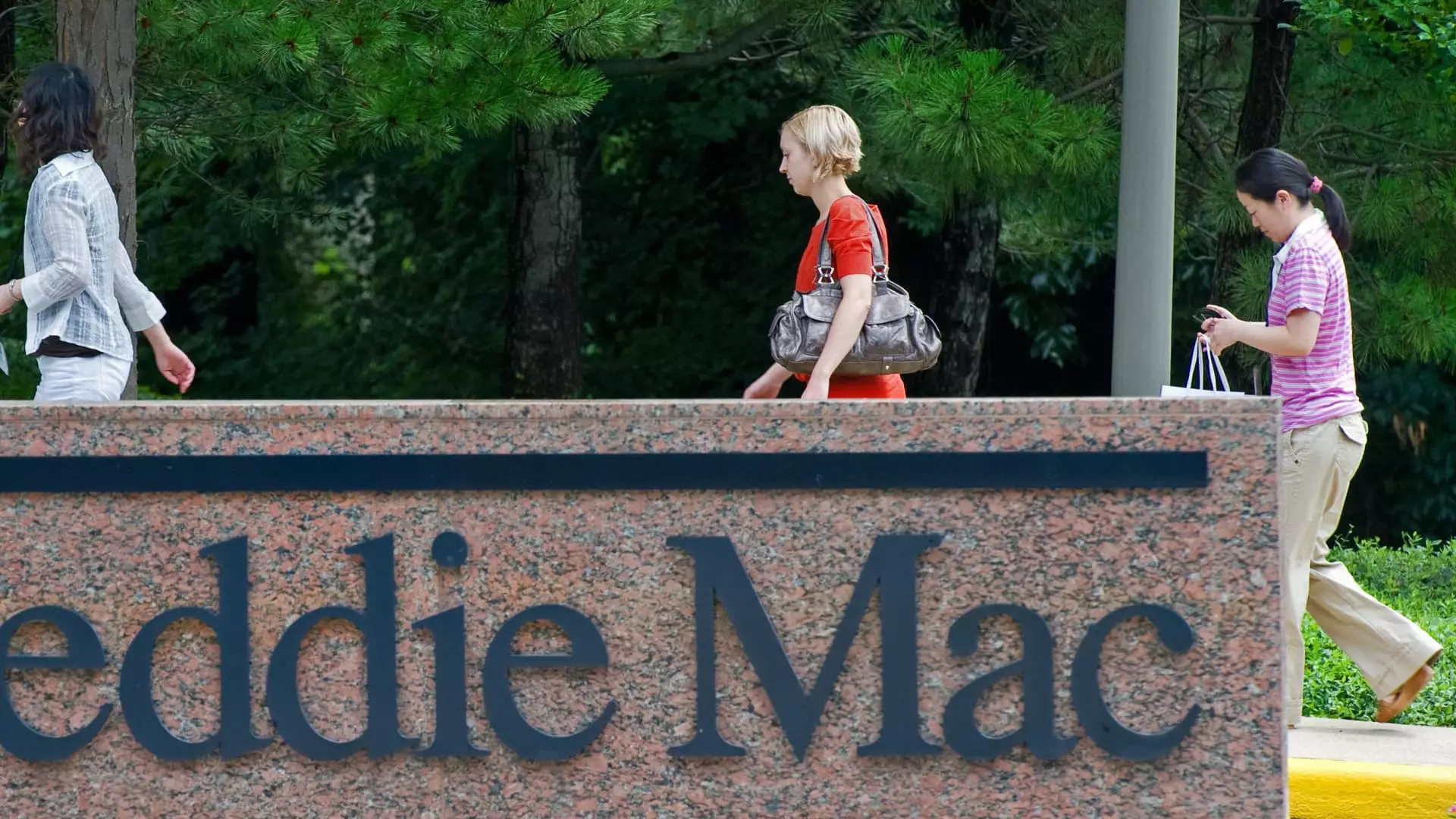Fannie Mae and Freddie Mac, two government-sponsored enterprises (GSEs) fundamental to the U.S. mortgage market, have been under federal conservatorship since the aftermath of the 2008 financial crisis. This federal oversight has played a crucial role in stabilizing these giants while ensuring their dedication to facilitating homeownership through accessible financing options. These entities not only help maintain the 30-year fixed-rate mortgage, a staple in American housing finance, but also underpin approximately 70% of all U.S. mortgages. As discussions about their potential privatization resurface, it is vital to analyze the implications of removing federal oversight from these organizations.
The contemplation of privatizing Fannie Mae and Freddie Mac gained traction during President Donald Trump’s first term, with a vision of transforming these federal entities into fully private firms. Despite the ambitious intent, the intricate nature of this process proved to be a significant obstacle, with numerous legal, logistical, and economic factors at play. In Trump’s second term, the prospect of returning these GSEs to private hands is again on the political radar, yet experts caution about the challenges and potential consequences that such a shift may entail.
Mark Zandi, chief economist at Moody’s Analytics, highlights that the future direction relies largely on presidential priorities. As Trump’s administration grapples with extensive market complexities, the risk of losing the stability provided by government oversight looms large. Additionally, while some political figures are eager to see Fannie and Freddie released from conservatorship, they may not fully comprehend the ramifications that come with it. This discussion raises critical questions: What are the motivations behind the push for privatization? What problems are being addressed, and at what cost?
A government release of Fannie Mae and Freddie Mac could lead to increased mortgage rates and heighten risks for investors. Analysts warn that lifting the federal umbrella may result in borrowers facing elevated interest rates as lenders seek to mitigate risks associated with mortgage-backed securities. Zandi succinctly points out that any release process, if not well-executed, could exacerbate borrowing costs, making home ownership more elusive for many Americans.
In 2024, around 74% of homebuyers still relied on mortgages for their purchases, with an increase in all-cash buyers also noted. As borrowing costs rise, the essential balance of the housing market could be disturbed, further complicating the accessibility of home loans for average buyers and possibly leading to a drop in home sales.
Susan Wachter, a professor of finance and real estate at The Wharton School, articulates that unwinding the conservatorship is not as simple as signing an administrative agreement. Multifaceted processes involving various stakeholders, including the Treasury and the Department of Justice, make the task complex and lengthy. Such bureaucratic entanglements could stifle the GSEs’ ability to operate efficiently as fully private firms, ultimately affecting the broader housing economy.
Understanding why Fannie Mae and Freddie Mac were placed under conservatorship is crucial to comprehending the urgency of current discussions. Leading up to the 2008 financial crisis, the mortgage market was marred by risky practices and lent themselves to creating high levels of uncertainty. The private sector’s mismanagement of mortgage-backed securities played a crucial role in the collapse, leading to widespread economic fallout. In response, the federal government took unprecedented actions to stabilize these entities, exposing taxpayers to potential liabilities linked to their recovery efforts.
Within this context, experts express concern that a hasty release from government control may bring back vulnerabilities reminiscent of the pre-crisis era. There is a fear that reverting back to a more laissez-faire approach would not only threaten the stability of Fannie Mae and Freddie Mac but also risk reinflating the very issues that led to the previous financial crisis.
The debate surrounding the conservatorship of Fannie Mae and Freddie Mac is complex and layered with risks and rewards. Advocates of privatization argue it could streamline operations, foster competition, and yield profits for the government, but critics highlight the potential for increased volatility in the housing market and higher mortgage rates for consumers—factors that could compromise economic recovery.
The economic rationale for maintaining government support appears compelling, primarily because of the essential role these GSEs play in ensuring affordable housing and stabilizing the mortgage market. Conversations about transitioning them into private entities should carefully assess the balance between fostering free-market conditions and safeguarding the interests of homebuyers and the broader economic ecosystem.
The journey toward privatizing Fannie Mae and Freddie Mac is fraught with challenges. Policymakers must navigate a delicate intersection of economic theory, political ambition, and the necessary oversight to protect both the housing market and the American consumer. The lessons of the past continue to resonate, reminding us that caution must prevail in these crucial discussions that shape the future of U.S. housing finance.

